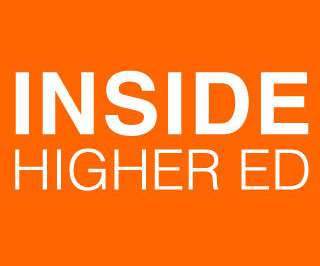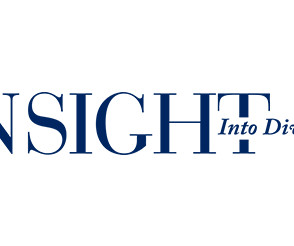Closing Higher Ed’s Equity Gaps
Inside Higher Ed
OCTOBER 11, 2022
” Princeton’s defense: “Operating expenses don’t include hundreds of millions in capital expenditures the endowment provides every year to fund things like research equipment and facilities.” Nor does it have a major nanoscience facility. Does Princeton have robust graduate programs in those areas?













Let's personalize your content